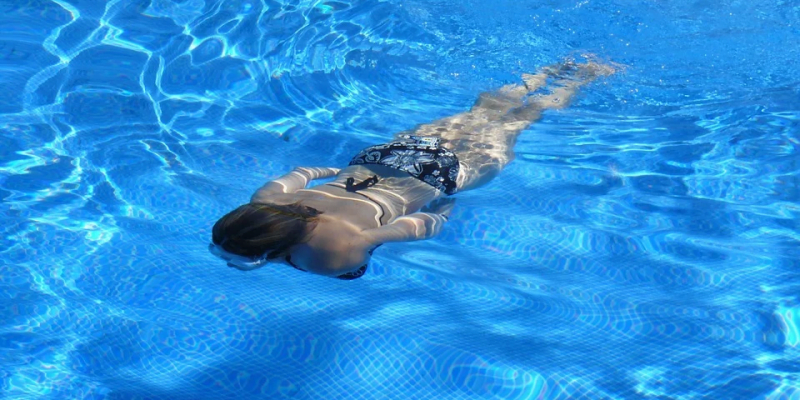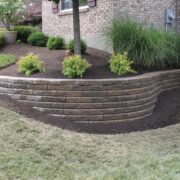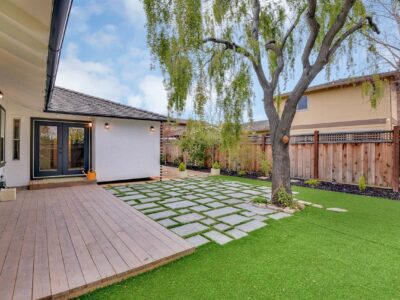Polypropylene is the second-most widely produced commodity plastic in the world, after polyethylene. The thermoplastic polymer is used in a wide variety of applications; one of which is swimming pools. In fact, the material is ideal for pools because it is pretty much indestructible, it has a smooth finish, it does not require any coating, and it is resistant to UV rays, freezing temperatures, and the aggressive chemicals that are commonly used in swimming pools and in case if you are planning to get a pool right in the front of your enclosed patio, then this is the best option.
There are many advantages to buying a polypropylene swimming pool. For instance, the surface’s smoothness makes it safe to swim and easy to clean, and the basin is reinforced on the outside with ribbing to make it even more stable and rigid. There is also a lack of restrictions when using polypropylene to make swimming pools, allowing for more customization, such as the shape and dimensions of the pool. Furthermore, polypropylene swimming pools are reinforced and insulated with polyurethane foam.
Swimming pools made from polypropylene are produced with an overflow system that is equipped with a canal and grill or with skimmers, and a catch basin. They are not self-supporting, though, so they need a cement cast around them in order to withstand the counterthrust of the water. A polypropylene pool guarantees stability and durability for years to come. But how exactly are polypropylene swimming pools made? Let us take a look.
The Design Stage
Before a swimming pool can be made, it needs to be designed. Often, polypropylene pools are custom-made to suit the requirements of the buyer. Once things like the shape of the pool and its features have been decided and designed, technical drawings with full specifications will be completed by professionals.
The Cutting Stage
The polypropylene plates used in making this type of swimming pool have high mechanical strength and resistance to weather conditions. With specialized machines, polypropylene plates can be made to a thickness of between six and fifteen millimeters from a granulated liquid. So, the first thing that needs to be done in actual construction terms is to cut the polypropylene sheets to size and begin machining them on a CNC machine. With CNC machining, a CAD software design is sent to the CNC machine via G-Code to ensure the machine creates the design of incredible accuracy. You should leave pool building to the professionals, but you might consider getting a CNC router or other more accessible machines that use CNC technology to help you with your own construction projects.
The Modeling Stage
Once the polypropylene sheets have been cut and machined, the modeling of the basin can begin. That involves sealing the floor, walls, and body of the basin. Unlike acrylic and fiberglass, which require expensive molds, the flexibility of polypropylene allows for simple and robust heat sealing. With automatic machinery that uses advanced technology, the most complex of processes can be carried out to create the custom-designed shape of the basin.
Stair and Features Installation
After the modeling stage is complete and checks on the sealing have been done, it is time to install the stairs and any other custom design elements that the buyer has chosen, such as jets and lighting.
Pool Installation
The above steps are all of the basics involved with making a polypropylene swimming pool, but the pool still needs to be placed into the ground on site. Professionals will prepare the ground where the pool is to be placed beforehand. They will then install the basin and all of the fittings. Once that has been done, only the water needs to be added. Then, the swimming pool is ready to be enjoyed for years to come.
Final Thoughts
A polypropylene swimming pool is one of the best types of pools you can get, for many reasons. So, if you are considering getting a swimming pool, you should certainly consider a polypropylene one. The material is resistant to mechanical damages and all kinds of weather conditions, it has high resistance against UV radiation, which means that even when the insolation is long-term and high, the basin’s color will not alter, and it is temperature-resistant from as high as 70 C to as low as -40 C. Furthermore, when the water heats up at high temperatures, the basin will not become deformed and cause osmosis. Polypropylene is also ideal for aesthetic reasons. Due to the flexibility and diverseness of the material, a pool of any shape and size can be created to your precise individual requirements. Lastly, polypropylene is safe for the environment and provides excellent sanitary conditions.
Swimming pool manufacturing has come a long way over the decades, and with flexible materials like polypropylene and technological advancements like CNC machining, customers now have more choice than ever over the customization of their pools.










Comments